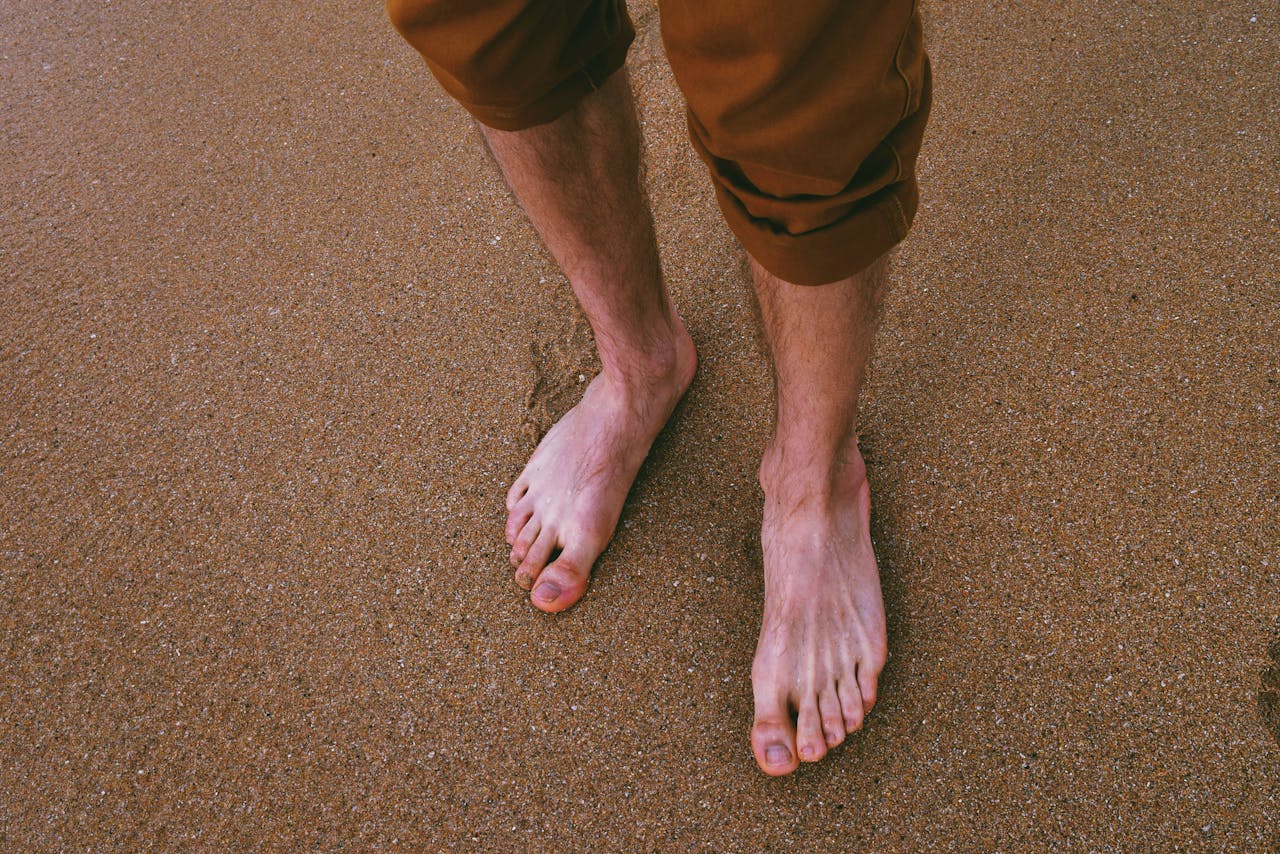Bunions, also known as hallux valgus, are a common foot deformity characterized by a bony bump that forms at the base of the big toe. This occurs when the big toe gradually shifts towards the second toe, causing the joint at its base to protrude. Over time, this misalignment can lead to discomfort, swelling, pain, and difficulty walking. While surgery is often considered the only definitive treatment for advanced bunions, conservative methods like foot orthotics can play a significant role in slowing their progression and improving overall foot function.
Understanding the Role of Orthotics in Bunion Management
Orthotics are custom or over-the-counter shoe inserts designed to support and align the foot properly. When used early in the development of bunions, orthotics can address the underlying mechanical causes that contribute to their progression. These devices are particularly beneficial in individuals whose bunions are associated with flat feet, overpronation, or joint instability—common biomechanical issues that place abnormal stress on the big toe joint.
Here’s how orthotics work to slow down bunion progression:
1. Correcting Foot Alignment
One of the key functions of orthotics is to improve foot alignment. Bunions often develop due to structural imbalances in the feet—particularly excessive pronation, where the foot rolls inward too much during walking or running. This motion puts added pressure on the big toe joint, encouraging the hallux (big toe) to drift sideways.
Orthotics help by stabilizing the rearfoot and controlling pronation. By supporting the arches and promoting a more neutral walking pattern, orthotics reduce the mechanical forces that worsen bunion development.
2. Reducing Pressure on the Big Toe Joint
When the foot is misaligned, extra pressure is concentrated on the first metatarsophalangeal (MTP) joint—the area where bunions form. Orthotics help redistribute pressure more evenly across the foot, alleviating stress on the big toe joint. This can lead to a significant reduction in pain and swelling, which in turn helps prevent further deformity.
3. Enhancing Gait and Function
Orthotics are designed to correct abnormal gait patterns by improving the foot’s biomechanics. A more balanced and stable gait reduces the wear and tear on foot joints, including the one affected by the bunion. When foot function is improved, the risk of progression of the bunion is minimized.
Additionally, reducing pain and discomfort allows for more normal walking patterns, which further prevents strain on the toes and other parts of the foot.
4. Delaying or Avoiding Surgery
Although orthotics cannot reverse bunion deformity, they can significantly slow its progression—sometimes enough to avoid surgery altogether. In cases where surgery is eventually required, using orthotics beforehand can delay the need for the procedure and potentially lead to a better post-surgical outcome.
Additional Benefits of Having Orthotics
Beyond bunion management, orthotics offer a range of benefits that contribute to overall foot and lower body health:
1. Pain Relief
Orthotics provide cushioning and support, which can relieve foot pain not only from bunions but also from related conditions such as plantar fasciitis, heel spurs, and metatarsalgia. By absorbing shock and reducing pressure on sensitive areas, orthotics improve comfort with every step.
2. Improved Balance and Stability
By correcting alignment and supporting the foot’s natural structure, orthotics can enhance balance and reduce the risk of falls, especially in older adults or individuals with flat feet.
3. Prevention of Further Deformities
Bunions often occur alongside other foot problems, such as hammertoes or neuromas. Proper orthotic support can help prevent or slow the progression of these associated deformities by maintaining the foot’s structural integrity.
4. Enhanced Athletic Performance
Athletes and active individuals can benefit from custom orthotics that provide improved shock absorption, support during high-impact activities, and reduced injury risk due to better alignment.
Choosing the Right Orthotics
Orthotics come in two main types: Custom orthotics are designed based on a podiatrist’s assessment of your foot structure and gait, offering the most tailored solution for slowing bunion progression.
It’s essential to work with a healthcare provider such as your chiropractor, who does custom foot orthotics near you, to determine the best type of orthotic for your specific needs.
Important Notes:
-
Orthotics do not reverse a bunion, but they are effective in slowing its progression, especially when used early.
-
The effectiveness is higher when combined with other treatments like appropriate footwear, toe spacers, physical therapy, and stretching/strengthening exercises.
Final Thoughts
While bunions can be painful and progressively deforming, early intervention with orthotics can make a significant difference. By correcting faulty foot mechanics, redistributing pressure, and improving gait, orthotics help slow bunion progression and enhance overall foot health. Whether you’re trying to avoid surgery or simply want to manage discomfort, orthotics provide a non-invasive, effective approach to keeping your feet aligned, supported, and pain-free.
Article By: Dr. Zavosh, Chiropractor at Burrard Chiropractic and Foot Orthotics


